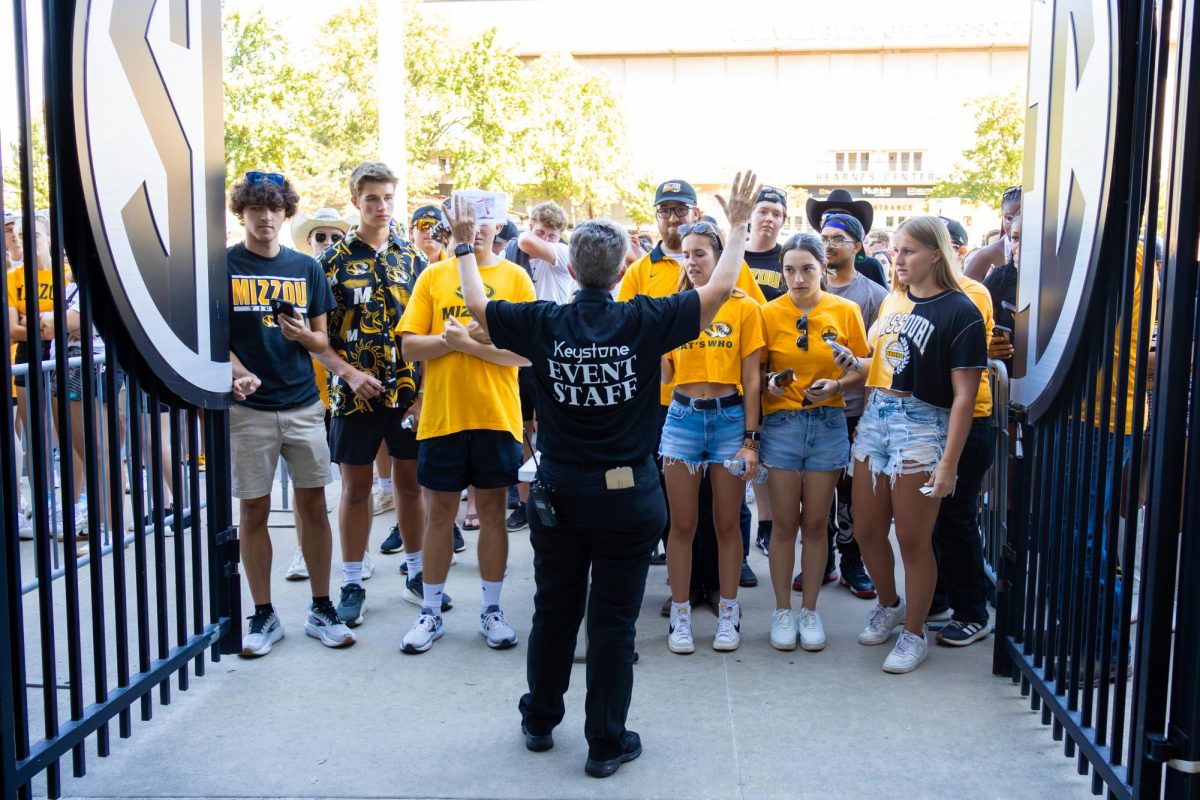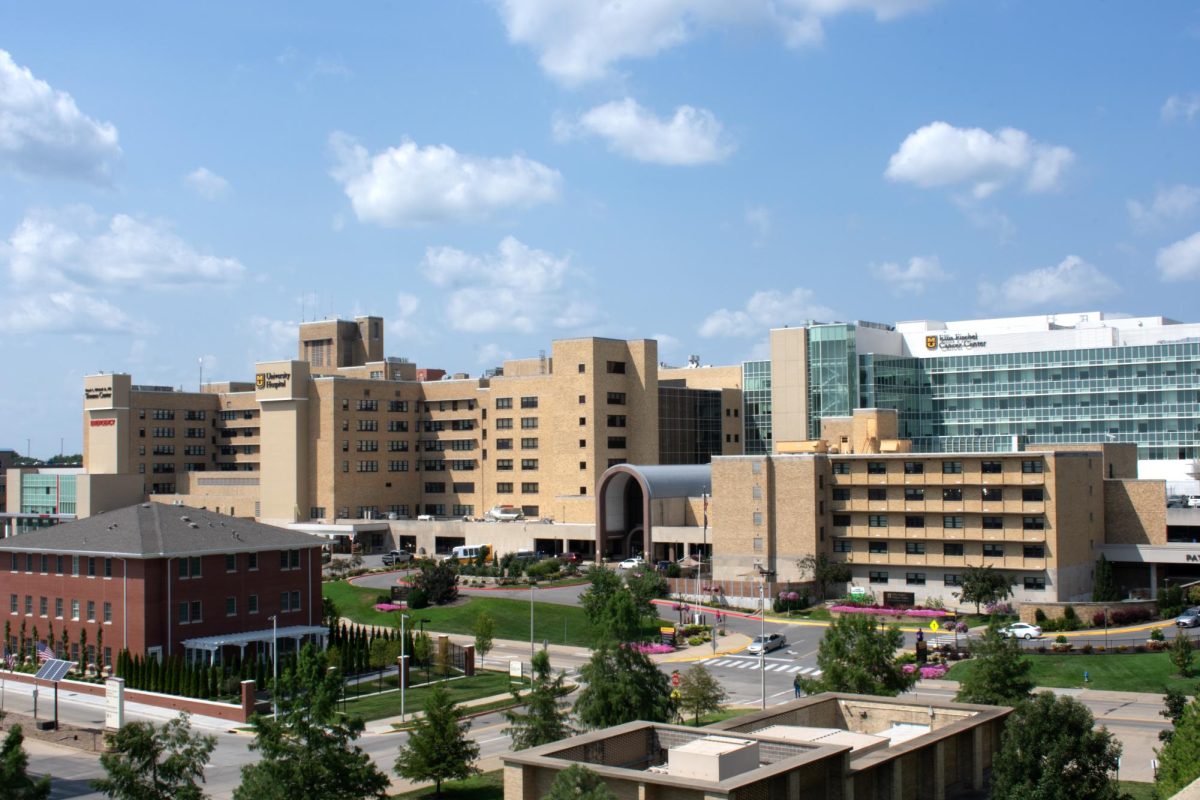On Oct. 9, Francois Englert of Belgium and Peter W. Higgs of England were awarded the Nobel Prize in Physics for their research proving the existence the Higgs Boson, also known as the “God particle.”
Professor Mark Neubauer of the University of Illinois at Urbana-Champaign visited MU to give a presentation titled “Higgs Boson and Beyond: the Big Questions in Particle Physics,” explaining the findings and exploring possible research to be done in the future.
Neubauer spoke in the Monsanto Auditorium at the Bond Life Sciences building to an audience of about 200 interested listeners as part of the American Physical Society’s Prairie Section Fall 2013 meeting.
After earning his doctoral degree in particle physics from the University of Pennsylvania, Neubauer contributed research to the project in collaboration with many other scientists around the world.
Beginning his presentation with a reference to popular sitcom“The Big Bang Theory,” Neubauer quickly dove into a highly technical explanation of the findings which led Higgs and Englert to the discovery of their famed “God particle”.
Proving the existence of the Higgs Boson, which was first theorized by Higgs in 1964, is “comparable to the discovery of DNA,” said Neubauer. The discovery of this particle is of utmost importance to the world of particle physics.
Since the start of modern day science, physicists have been trying to figure out what makes the “stuff” all around us, and before July 4, 2012, the particle thought to be the foundation for all matter was never directly observed, Neubauer said.
The technology necessary for the observation of the Higgs Boson can only be found in the large hadron collider known as ATLAS, located at the European Center for Nuclear Research.
Using this hadron collider, scientists are able to accelerate photon particles and cause collisions between them, causing collisions that produce magnificent displays of interactions between particles on the subatomic level. In this way, the particle collider acts as a microscope, enabling physicists to view the collisions between the particles.
During each collision, hundreds of billions of particles are being accelerated at a time.
Finding these particles is so rare due to the fact that the Higgs Boson is extremely unstable and can only be detected by their decay signatures after the collisions take place. Neubauer said discovering these particles is like “finding a single needle in a stack of very similar needles.”
With a team of more than 3,000 scientists from more than 174 institutions worldwide, the effort to provide quantitative evidence to a long-theorized phenomenon was hardly passive and the effort to further the findings based on the current data is ongoing.
With collaboration between research institutions on such a large scale, the social challenges the project had to overcome, as well as the massive amount of data required to complete the research, may have seemed insurmountable, Neubauer said.
The obstacles facing the team of researchers was and will continue to be a factor moving forward with research, he said.
Neaubauer said more questions about the Higgs Boson will continue to be explored.













